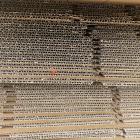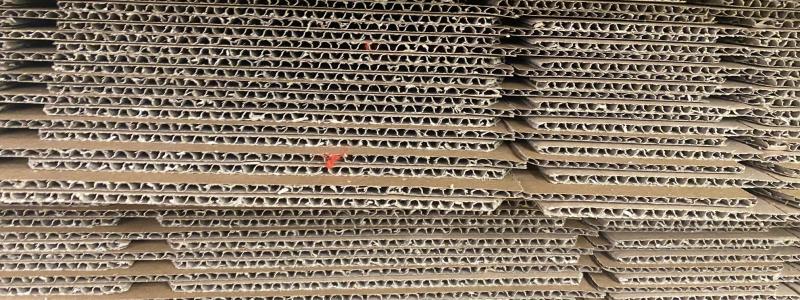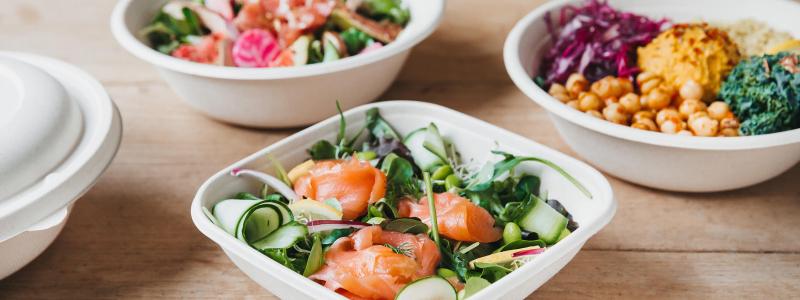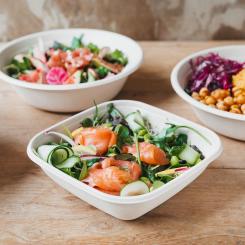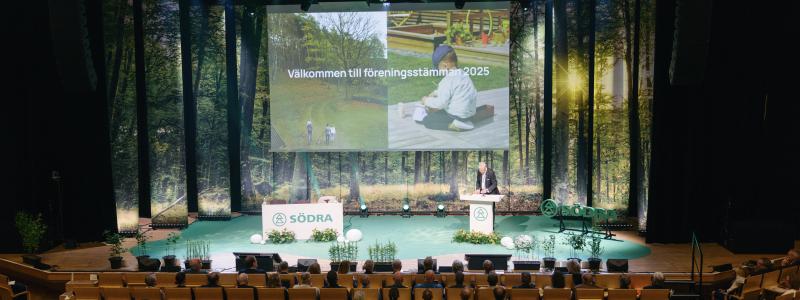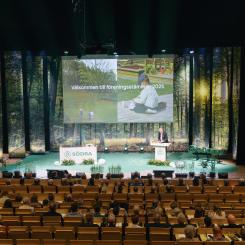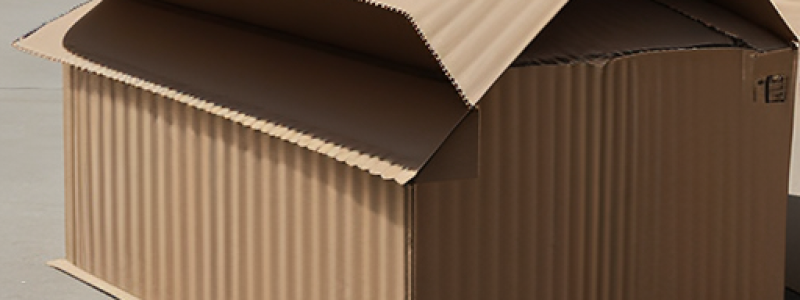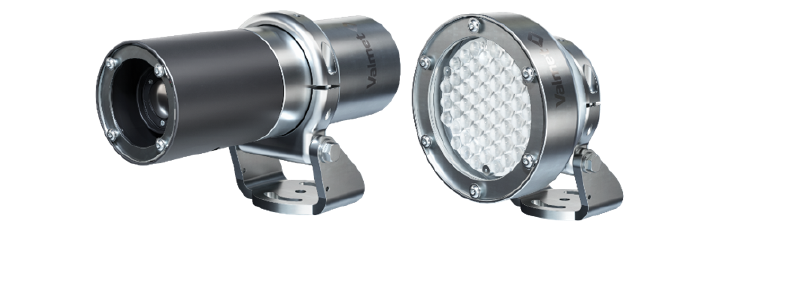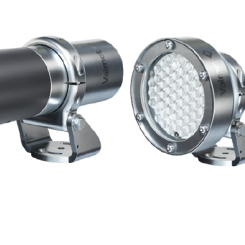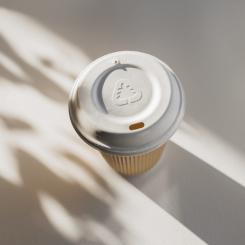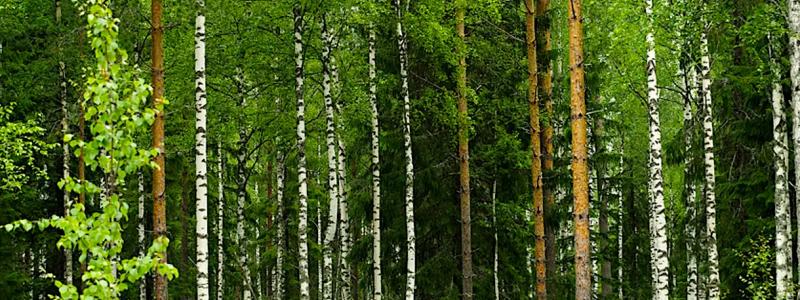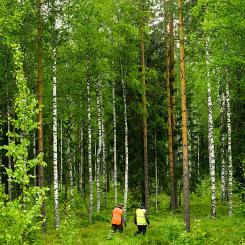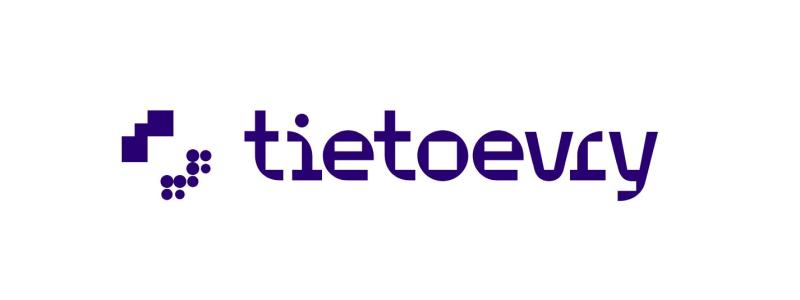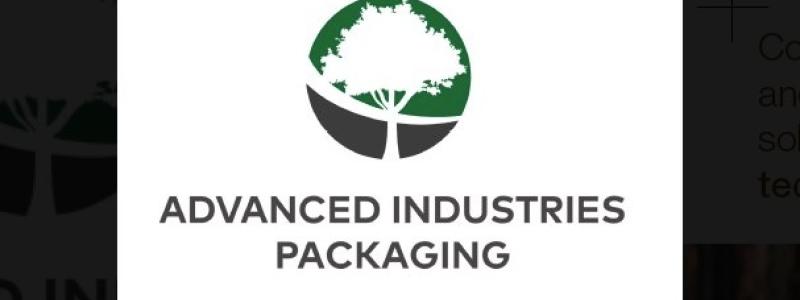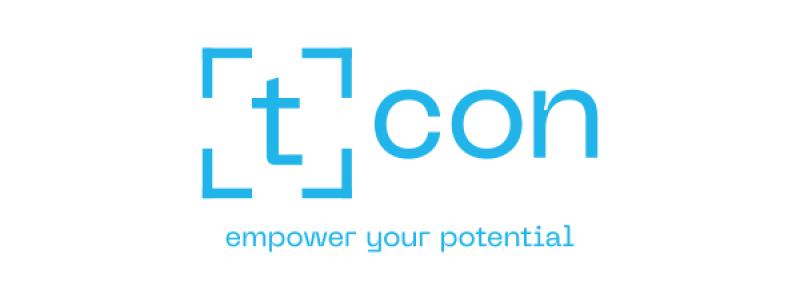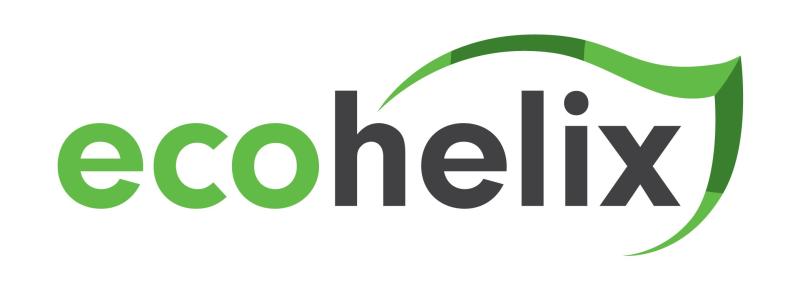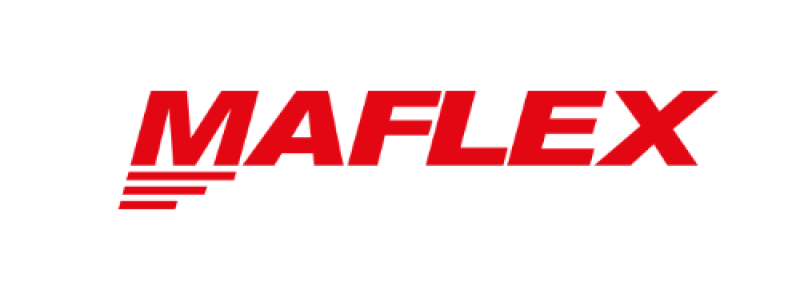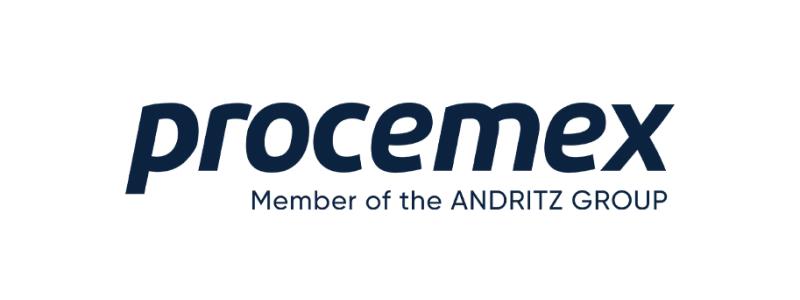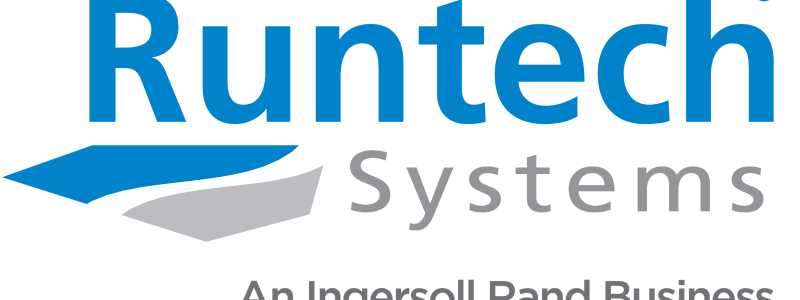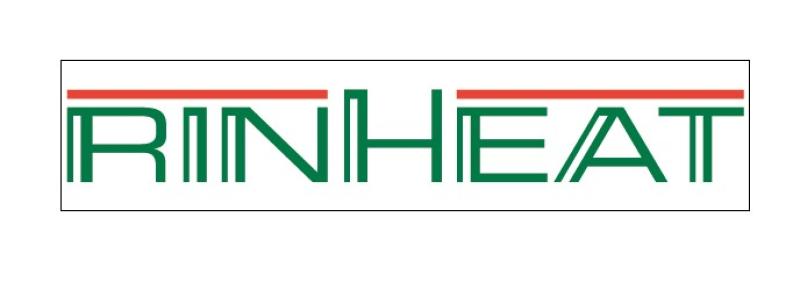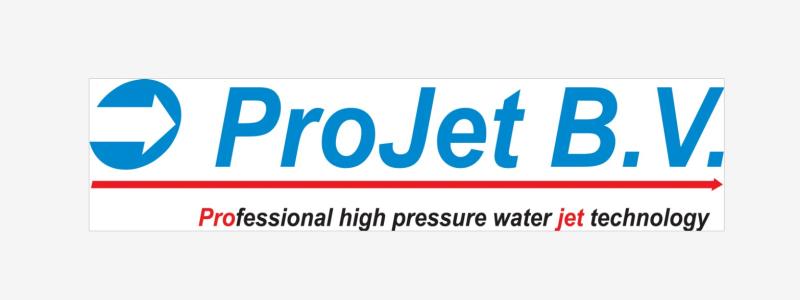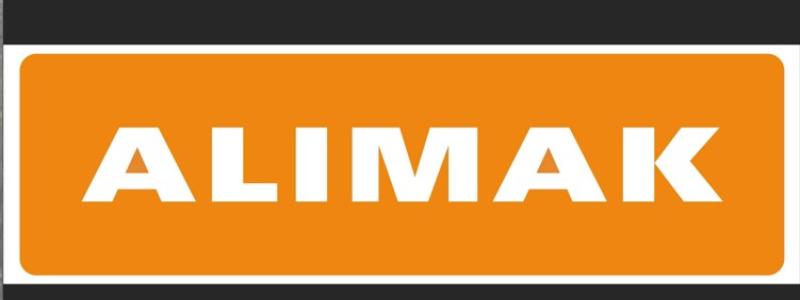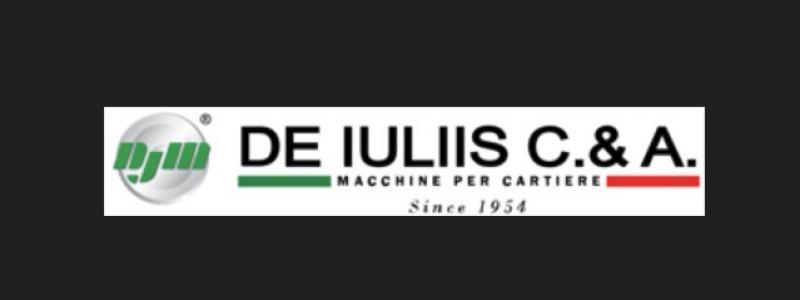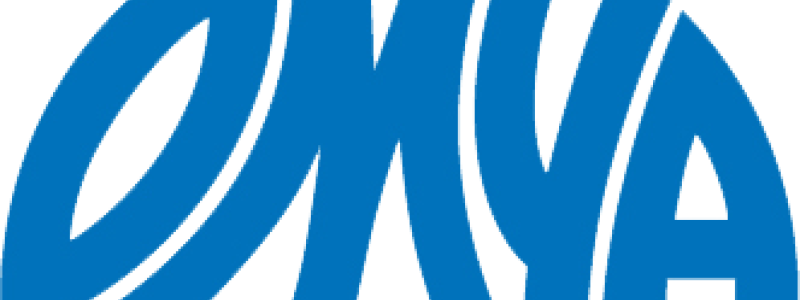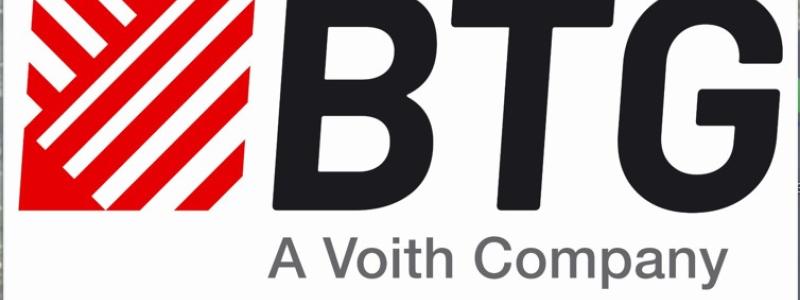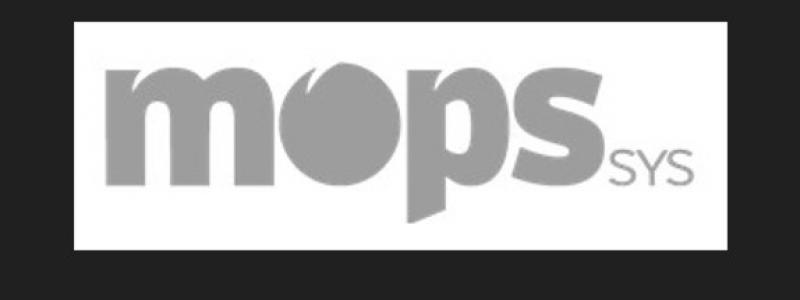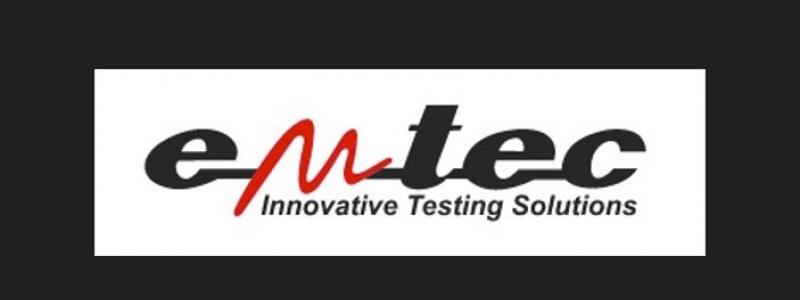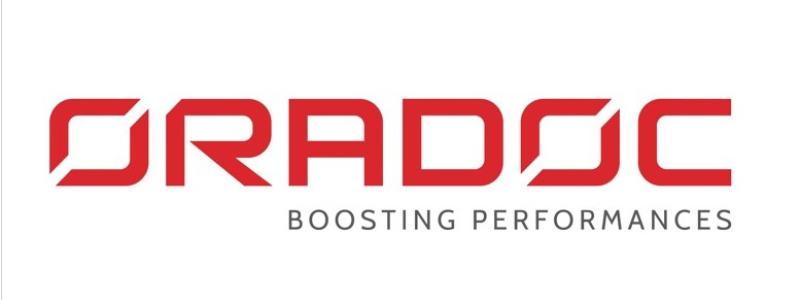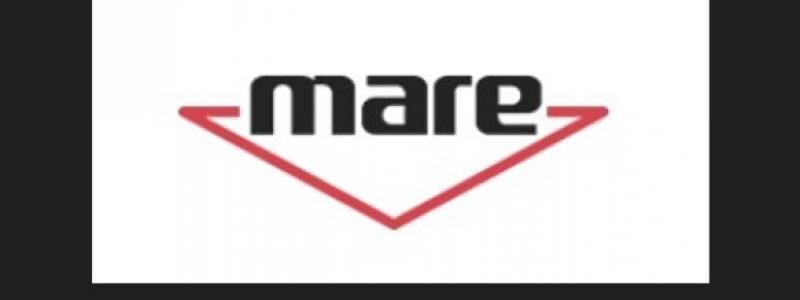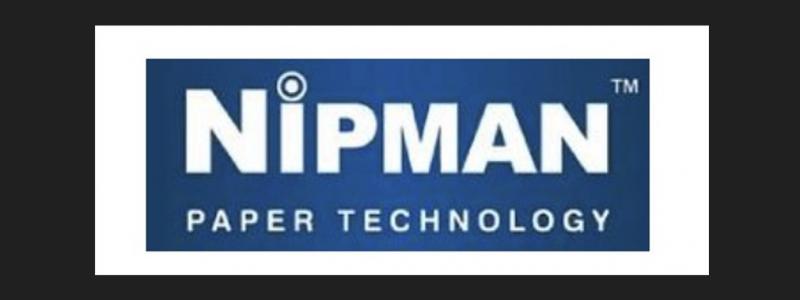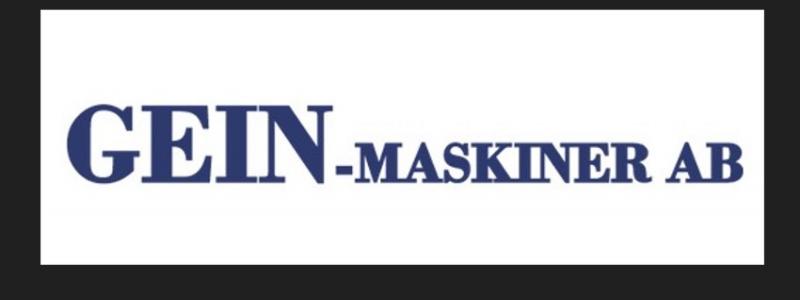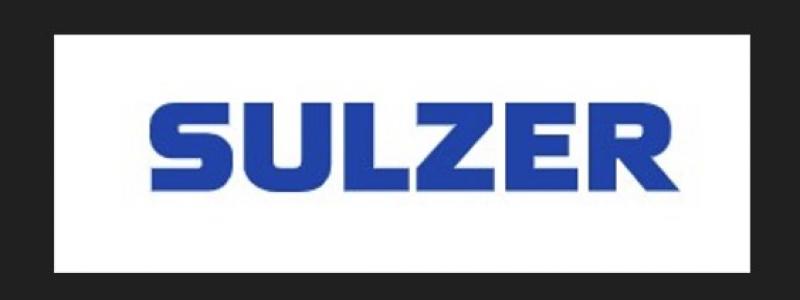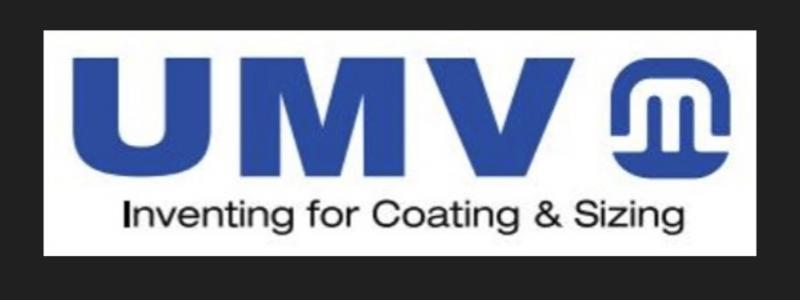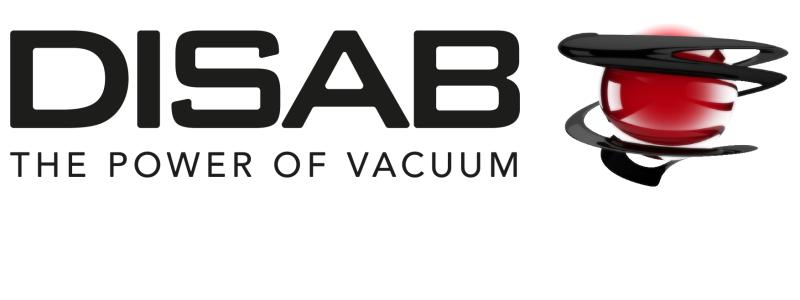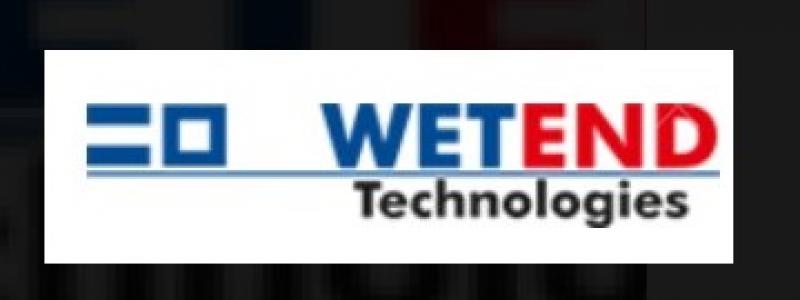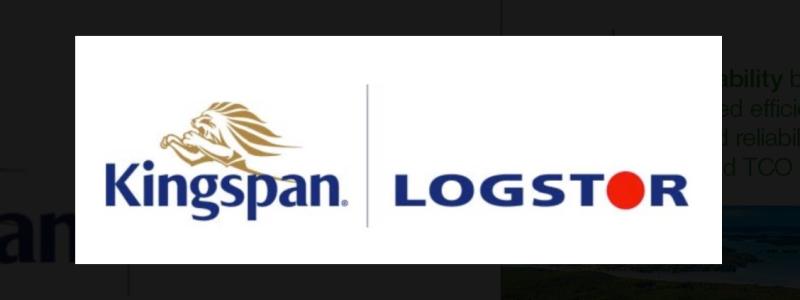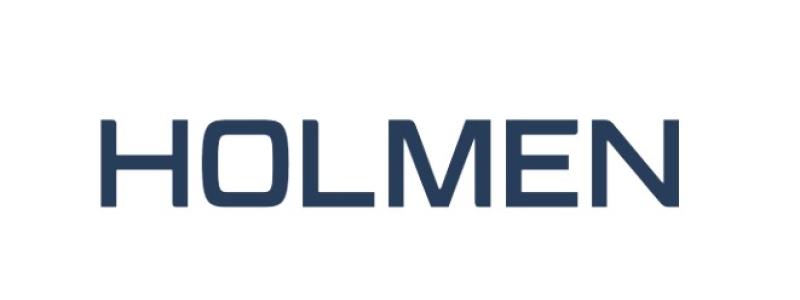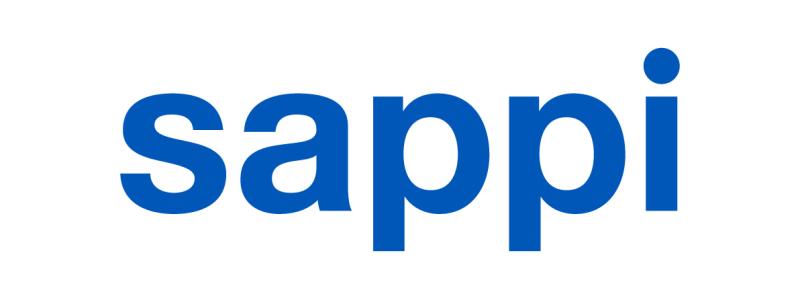Innventia, a research institute, continues to revolutionise the paper business. Its research work has now produced a new method that will result in a stronger paper with lower production costs and reduced raw materials consumption. This dream scenario has now become a reality for many companies in the paper business.
"For a paper mill that produces 450,000 tonnes of the new paper per year, this technology means an annual savings of approximately 120 million Swedish kronor," says Daniel Söderberg, Research Manager and initiator at Innventia and the person behind the previous work.
The Aq-Vane technique is derived from the aircraft industry. It deals with the separation of fibre layers before they are joined together to form the paper.
"This technique uses a thin layer of water to stabilise the fibre layers and consequently form an even flow while they are being joined together. This prevents the layers from blending with each other. This means that it is now possible to keep the layers separate as well as to control the precise properties that are wanted in a paper."
For a product such as the IKEA catalogue, approx. 200 million copies of which are distributed each year, this means enormous savings. For the papermaking industry as a whole, this implies a savings in billions of kronor.
Daniel explains, "We’ve tailor-made a new kind of uncoated paper, which is the same type as that used in the IKEA catalogues. By putting finer fibres in the surface and coarse fibres in the middle of the paper we’re able to save up to 10% in costs on fibre raw materials and energy."
As of June 2010, Innventia is leading BoostEff, an EU project with a total budget of 11 million Euro, to demonstrate the industrial and economical potential of the method. Using Aq-vane, with its possibilities for advanced dosage, Innventia, in collaboration with Stora Enso, a paper producer, is developing the kind of paper that is used in catalogues and magazines.
"This project also signifies a completely new way of working," states Daniel. "The starting point in the project is three existing industrial production units, one of which belongs to Stora Enso. Using these, the possibilities of the new technique, together with existing techniques, are being adapted to demonstrate the potential product and the production process involved. The results from the project are going to be used as a basis for three investment projects involving technical specifications and economical results.


